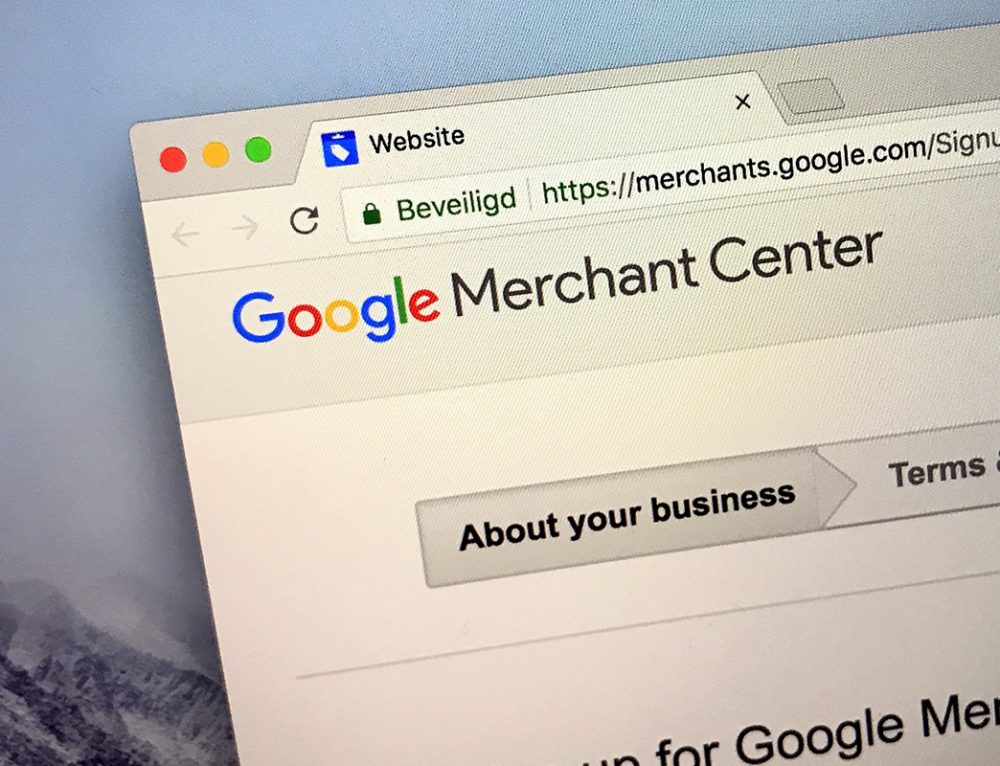Dropshipping is the go-to model for online shippers, whether you are starting a new business or want to fill out your product catalogs. Working with dropshippers eliminates the hassles of warehousing, shipping, and, most importantly, financial investment. At least until your business is strong enough to stand on its own two legs and use the likes of LTL and FTL Freight from Shipcarte to deliver your goods on your own terms. Until then, dropshipping is certainly the way to go. Over 30% of online stores use the dropshipping model which is quite a big statistic. If this is going to be a new business for you, it’s important that you first decide what it is you’re actually going to sell; if you need some advice deciding, you may find this article about the best dropshipping niches useful to help you figure this out and get going.
However, to be successful in this particular venture, you have to avoid some of the pitfalls inherent to dropshipping, such as low margin, long shipping time, and customer satisfaction.
Here are a few keys to being a successful dropshipper:
- Choose Wisely – The most important decision you make is the dropshippers you are working with. There are a number of dropship aggregators to choose from, here is a list of some of the top-rated companies. Aggregators are popular because they represent hundreds of different manufacturers so you don’t have to. However, the costs will be higher and you (and your customers) will be one more step removed from the source of your products. Pay attention to refund and shipping policies, and if there is a US-based warehouse for shipping. Warehouses may differ on their fulfilment speed, which largely depends on the efficiency of their operations. Warehouses with more industrial equipment, like folding ladders, electric pallet trucks, and hand winch lift trucks (see them here – https://www.platformsandladders.com/pallet-trucks-tuggers/hand-winch-lift-trucks), will be able to transport goods around the warehouse floor faster and easier. Some aggregators, like Ali Express, ship from overseas and you will see delays of 6 to 8 weeks for products to deliver. You can deal directly with manufacturers, most have a wholesale program. Fees may be higher but you can make that up with quality and margin.
- Test Your Products – Most dropshippers do not have a return policy, and if they do it is not always financially attractive. You want your customers to have a good experience so they come back and leave good reviews (or at least NOT leave bad reviews). Test the products and the delivery yourself. Purchase a few products and pay attention to (1) how long it takes to be delivered, (2) packaging, especially if you pay more for whitelabeling, and (3) product quality. Not only will you be able to evaluate the quality of the product and service, but you can also handle basic customer service inquiries with confidence.
- Provide Value – Dropshipping is very popular, so it is also very competitive. Competing on price usually requires high volume to make a decent profit. Your online store should provide some value that differentiates itself from the rest. This can be your branding, product knowledge, customer service, etc. Understand what it is that makes your offering special and highlight it on your site and in your marketing.
- Know Your Customers – Understanding who you will be selling to influences a lot of your decisions. Customers are more willing to purchase from a site that “gets them”. Your product selections, descriptions, website content, graphics, etc. should all be targeted to this ideal customer. Testimonials and about-us sections, while not usually a major section of an eCommerce site, go a long way to creating the connection between you and your customers.
- Market, Market, Market – You now should have the three key components of your eCommerce business defined: the products you are selling, the value you are providing and the customers you are targeting. A strong digital marketing effort is the bread and butter of a successful eCommerce site. You can choose to approach local digital marketing agencies (such as https://www.seoservicesmalaysia.com/ if your target market is located in Malaysia or surroundings) as they can help you build a responsive website, form a comprehensive digital marketing plan, and get started on boosting search engine presence to reach your audience better. However, the first step in eCommerce marketing is setting up your sales channel (at a minimum Google and Facebook ad networks). These two platforms account for close to 60% of all digital advertising. ECommerce platforms like Shopify and BigCommerce have built-in wizards for connecting to Facebook and Google, but beware, less than 10% of our eCommerce Accelerator clients had correctly configured their sales channels before they came to us. Once you are configured, target your ads to your ideal customer, highlight your value proposition and start advertising. Use Google Analytics or other measurement tools to monitor your conversion rate (#sales/#visitors) and your return on ad spend ($sales/$ad buy). Check out these blogs for more marketing tips.
To read more tips and techniques from the staff at Engage121, please visit our blog here. For more information about our eCommerce Accelerator™ or to subscribe to our weekly digital marketing tips newsletter please sign-up here.
About the Author
Kurt is the COO/CTO of Engage121 and has over 20 years’ experience in Digital Marketing technologies. Kurt and team have developed technologies and expertise that allow our customers to realize the benefit of Fortune 500 marketing practices without the time or expense.






